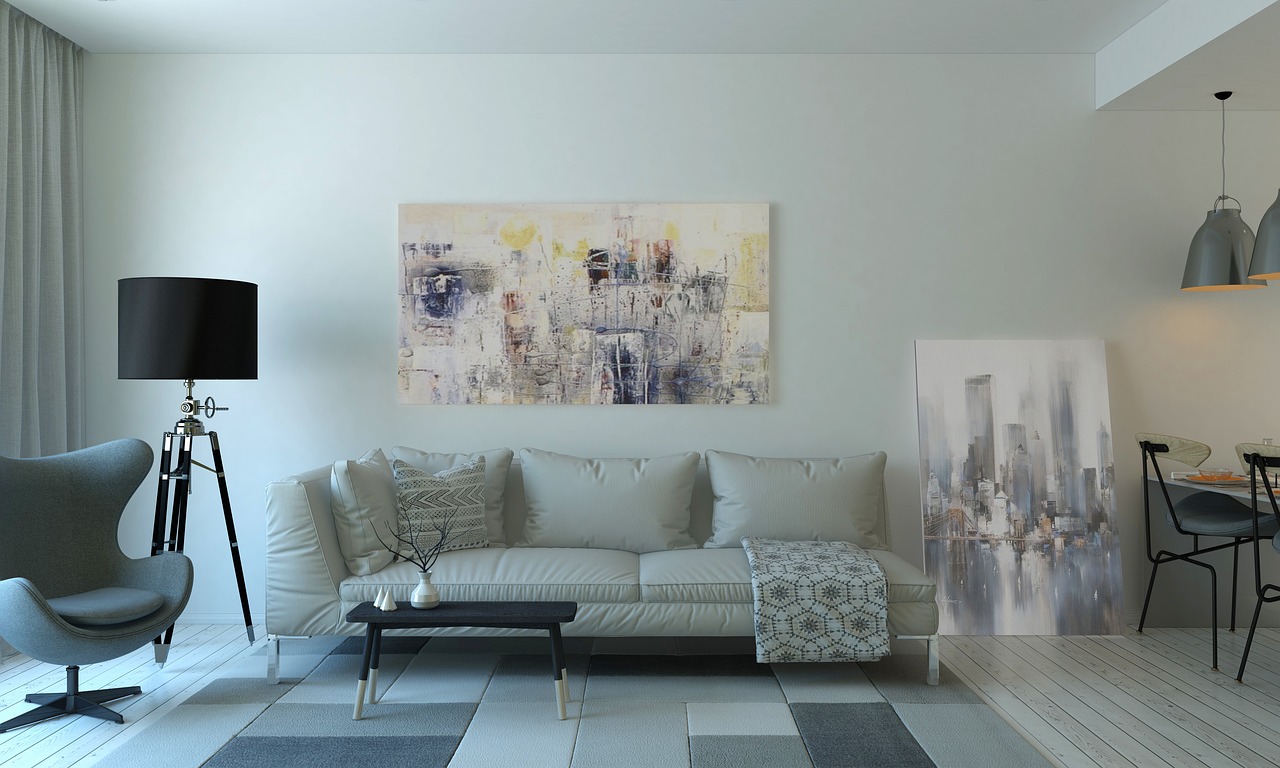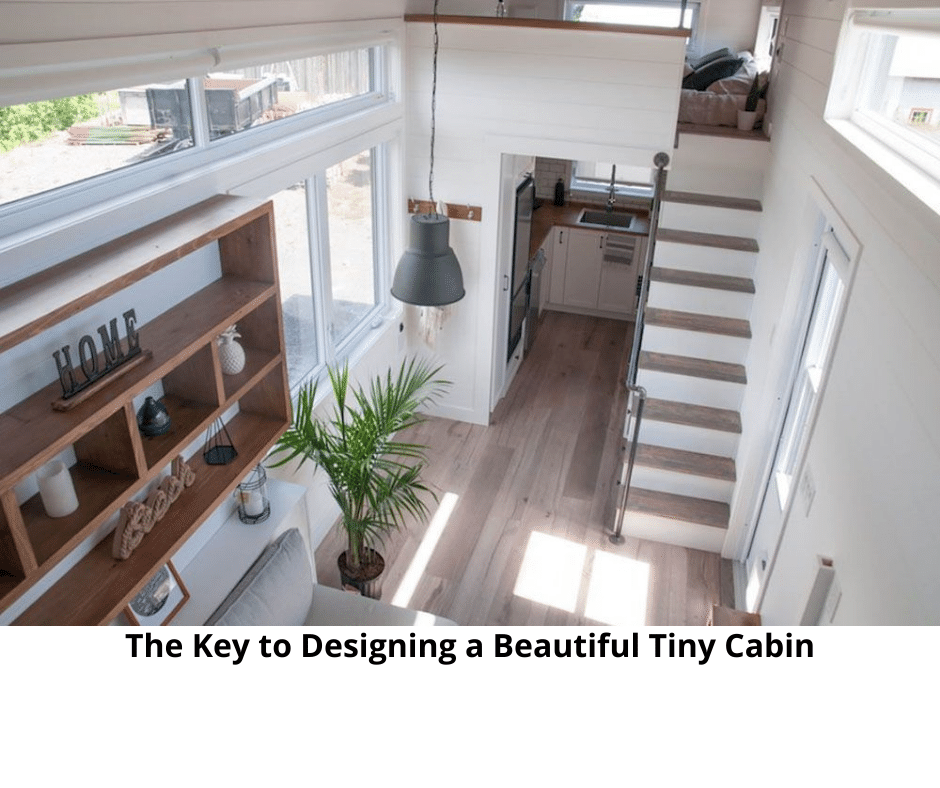From Builder Bail To Tiny Home Triumph: Kate’s Inspiring Journey
Many people dream of building their own tiny home, but they may not realize the challenges that come with it. Kate Bohn is a perfect example of someone who faced a major setback when her original contractor disappeared, leaving her with an unfinished structure.
However, Kate’s determination and perseverance led her to complete the project with the help of her husband, a plumber, and supportive friends. Her journey is a testament to the idea that with hard work and dedication, setbacks can be transformed into triumphs.
Despite facing numerous challenges such as limited space and sourcing affordable, quality materials, Kate’s story is an inspiring example of how creativity and problem-solving can turn an unfinished project into a dream home. Her journey serves as an inspiration to those who may be facing similar obstacles in their own tiny home building journey.
In this article, we will delve into the details of Kate’s journey, exploring the challenges she faced and the solutions she implemented, as well as the lessons she learned along the way.
Key Takeaways
- Building a tiny home presents challenges such as limited space and sourcing affordable, quality materials.
- Resourcefulness and creativity are valuable in overcoming obstacles such as sourcing affordable, quality materials and maximizing limited space.
- Perseverance and hard work are essential in achieving goals, even when lacking construction experience.
- Kate’s journey serves as an inspiration to pursue dreams, even when the road ahead seems uncertain, and that setbacks can be transformed into triumphs with hard work and dedication.
Interest and Inspiration
Kate Bohn’s interest in the tiny home lifestyle, as well as her determination to make her dream a reality despite having no prior construction experience, inspired her to embark on a journey that ultimately led to the completion of her tiny home, Lycaenidae, with the help of a plumber and supportive friends.
Kate was drawn to the minimalistic benefits of tiny homes, as they offer a simpler way of living with less clutter and a focus on essentials. In addition, she was attracted to the affordability advantages of tiny homes, which can be built for a fraction of the cost of a traditional home.
Despite the challenges that came with building a tiny home, such as limited space and the need for multi-functional furniture, Kate was motivated to create a space that reflected her values and lifestyle. She turned to social media for support and advice, and spent countless hours researching and watching YouTube tutorials to learn the necessary skills.
Her perseverance and hard work paid off, and she was able to create a cozy living area, functional kitchen, bathroom with composting toilet, and loft bedroom in her completed tiny home.
Kate hopes her story can inspire others to pursue their dreams, even when the road ahead seems uncertain.
Building Challenges and Solutions
Constructing a compact dwelling presents several unique hurdles, including limited space and the requirement for furniture that serves multiple purposes, which necessitates resourcefulness and creativity.
One of the biggest challenges in building a tiny home is space optimization. With only a fraction of the square footage of a traditional home, every inch of space must be carefully considered and utilized. This means that furniture and fixtures must be minimalistic and serve multiple functions. For example, a sofa may double as a bed, or a table may fold down to create additional counter space. Additionally, storage must be carefully planned and integrated throughout the home to maximize organization and functionality.
Another challenge in building a tiny home is material sourcing. Because of the unique size and design of tiny homes, traditional building materials may not be suitable or cost-effective. For this reason, many tiny home builders turn to alternative materials, such as reclaimed wood or recycled materials. However, finding quality, affordable materials that meet the specific needs of the project can be a difficult task. As a result, tiny home builders must be resourceful and creative in their materials sourcing, often relying on online marketplaces, local suppliers, and even salvaged materials to complete their builds.
Despite these challenges, the result is a unique and personalized home that reflects the builder’s vision and dedication to the tiny home lifestyle.
Lessons Learned
One of the key takeaways from building a compact dwelling is the importance of careful planning and resourcefulness when it comes to maximizing limited space and sourcing affordable materials. Kate Bohn’s journey in building her tiny home, Lycaenidae, is a testament to this. Despite encountering setbacks such as her original builder bailing and the difficulty in finding affordable, quality materials, Kate persevered and turned to social media and YouTube tutorials for support and advice. She also relied on her resourcefulness and creativity by incorporating multi-functional furniture to maximize the limited space of her tiny home.
Kate’s journey in building her tiny home also highlights the value of perseverance practices and overcoming obstacles. Despite having no prior construction experience, Kate was determined to make her dream a reality and spent countless hours researching and learning. She encountered setbacks such as having to redo parts of the construction and having to navigate the challenges of building a tiny home. However, she never gave up and continued to work hard until her tiny home was completed. Her story serves as an inspiration to others who may be facing uncertain paths and shows that with determination and perseverance, anything is possible.
| Challenges | Solutions | Key Takeaways |
|---|---|---|
| Limited Space | Incorporating multi-functional furniture | Careful planning and resourcefulness are important to maximize space |
| Sourcing Affordable, Quality Materials | Turning to social media and YouTube tutorials for advice | Resourcefulness and creativity are valuable in overcoming obstacles |
| Lack of Construction Experience | Researching and learning | Perseverance and hard work are essential in achieving goals |
| Setbacks during Construction | Continuing to work hard and not giving up | Persistence and determination lead to success. |
When faced with challenges in construction, it’s important to… find creative solutions and think outside the box to overcome obstacles.
Frequently Asked Questions
What was the total cost of building Lycaenidae, and how did Kate budget for it?
The total cost of building Lycaenidae, Kate Bohn’s tiny home, is not explicitly mentioned in the provided background information. However, according to a 2019 survey by The Tiny Life, the average cost of a self-built tiny home is around $23,000, while the average cost of a professionally-built tiny home is around $59,884.
As for Kate’s funding strategy, it is also not directly stated. However, she mentions sourcing affordable, quality materials, relying on the help of a plumber and supportive friends, and turning to social media for support and advice. It is possible that Kate utilized a combination of personal savings, crowdfunding, and in-kind donations to finance the completion of her tiny home.
Building a tiny home comes with unique challenges, including the need for multi-functional furniture and limited space, which can affect the total cost. Kate’s experience highlights the importance of careful planning and resourcefulness when it comes to budgeting for a tiny home project.
How did Kate and her husband decide on the layout and design of their tiny home?
When designing their tiny home, Kate and her husband had to consider several layout considerations due to the limited space. They needed to ensure that every inch of the home was utilized and that furniture had multiple functions.
Additionally, personal style preferences played a role in the design process, as they wanted the home to reflect their minimalistic lifestyle. They incorporated natural wood elements, a neutral color palette, and simple yet functional furniture.
Despite the challenges of building a tiny home, Kate and her husband were able to create a space that met both their practical and aesthetic needs.
Did Kate encounter any legal or zoning issues while building and living in her tiny home?
In building and living in her tiny home, Kate Bohn did encounter some legal challenges and zoning regulations.
While the tiny home movement has gained popularity in recent years, it is not always easy to navigate the legalities of living in a non-traditional dwelling.
Kate had to ensure that her tiny home complied with local zoning regulations, which can vary widely from one area to another.
Additionally, she had to obtain the necessary permits and approvals from local authorities.
However, with determination and perseverance, Kate was able to overcome these obstacles and achieve her dream of living in a beautiful, functional tiny home.
How has living in a tiny home impacted Kate’s daily routine and lifestyle?
Living in a tiny home has had a significant impact on Kate’s daily routine and lifestyle. One of the most noticeable impacts has been on her finances. By downsizing to a 400 sq ft home, Kate has been able to significantly reduce her living expenses, including mortgage payments, utility bills, and property taxes.
Additionally, the adjustment to minimalism has required Kate to simplify her life and focus on what truly matters. This has led to a more intentional and mindful way of living, where every possession and decision is carefully considered.
While living in a tiny home has presented its own set of challenges, including limited storage space and the need for multi-functional furniture, Kate has found that the benefits far outweigh the drawbacks.
Overall, living in a tiny home has allowed Kate to prioritize her values and live a more fulfilling and sustainable lifestyle.
What advice would Kate give to someone who is considering building their own tiny home?
Kate’s advice to someone considering building their own tiny home would be to do thorough research and planning before beginning the building process. She suggests starting with a clear vision of what the finished product should look like, and then working backwards to determine the necessary steps to get there.
Additionally, Kate recommends seeking guidance from experienced builders and utilizing online resources, such as YouTube tutorials and social media communities. She emphasizes the importance of being open to learning new skills and being flexible with the building process, as unexpected challenges are likely to arise.
Kate also encourages aspiring tiny home builders to consider the practicalities of living in a small space, such as the need for multi-functional furniture and efficient storage solutions. Overall, Kate’s building process tips highlight the importance of patience, perseverance, and a willingness to learn in the pursuit of building one’s dream tiny home.
Hi, I’m Emma. I’m the Editor in Chief of Tiny House 43, a blog all about tiny houses. While tree houses are often associated with childhood, they can be the perfect adult retreat. They offer a cozy space to relax and unwind, surrounded by nature. And since they’re typically built on stilts or raised platforms, they offer stunning views that traditional homes simply can’t match. If you’re looking for a unique and romantic getaway, a tree house tiny house might just be the perfect option.










